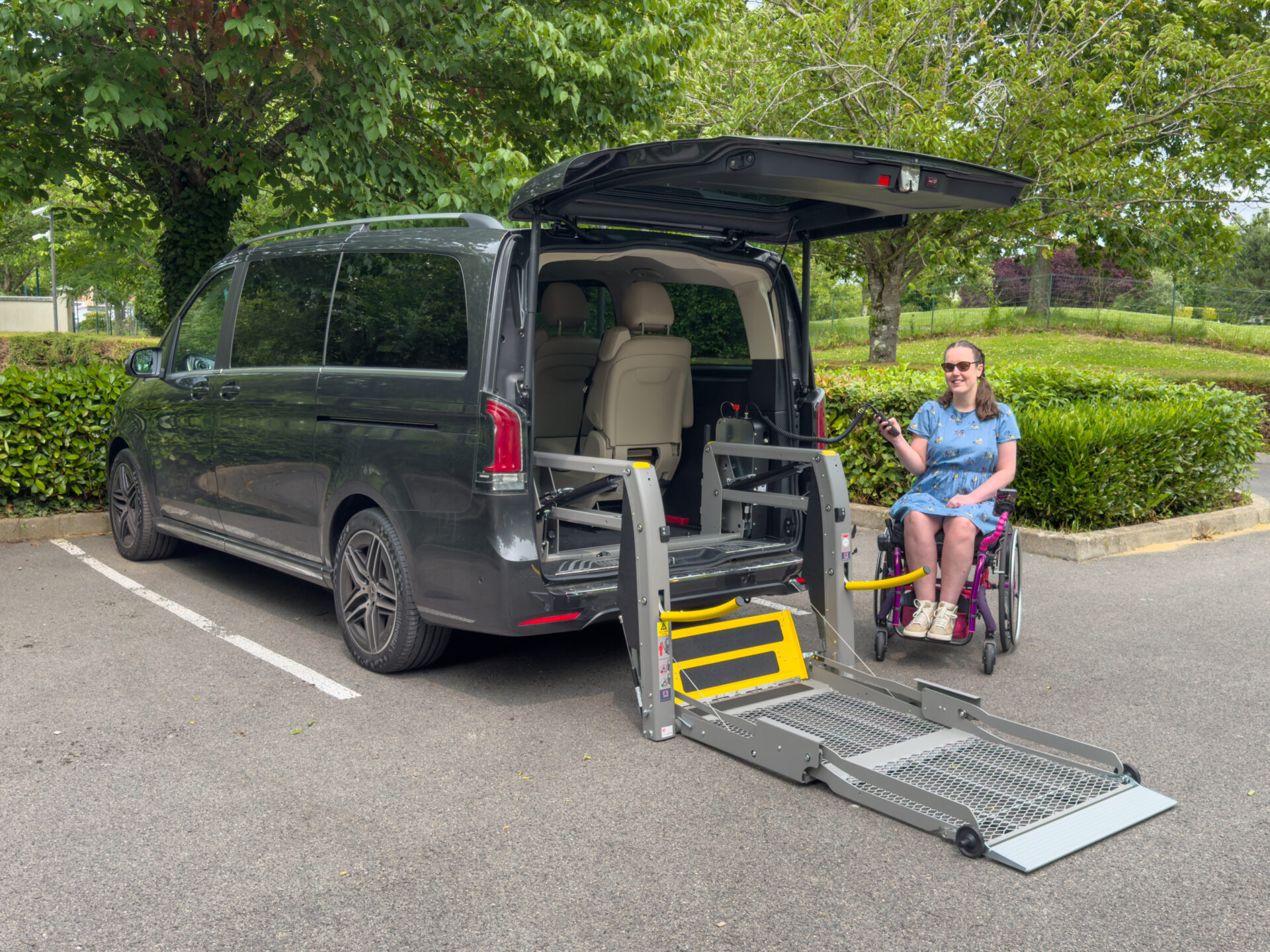Following up on my previous post about Mobiloo, I wanted to continue the discussion on accessible toilets, focusing specifically on the Changing Places Campaign. Before I became dependent on a wheelchair, I wasn’t aware of these facilities. Now, I meticulously plan every outing to ensure a suitable accessible toilet is nearby. While standard accessible toilets are often available, for some, they simply aren’t enough.

Standard accessible toilets typically include:
- A cubicle larger than a standard toilet.
- Multiple handrails in various areas.
- A lowered sink.
- Room to transfer from a wheelchair to the toilet (though this isn’t always possible and often doesn’t accommodate transfers from both sides).
However, these facilities are not suitable for individuals who cannot sit on a toilet and require assistance with activities such as lying down, changing, accessing lines/catheters/feeding tubes, and managing personal hygiene. This is where Changing Places Toilets come in. They are designed to assist people with diverse abilities, varying mobility aids, and specific caring requirements.
Changing Places Toilets typically include:
- A large changing table, adjustable in height and/or position.
- Wide rolls of paper to cover the bed.
- A toilet with space for transfers on either side.
- Either a tracking or mobile hoist.
- A sink with knee space underneath it, and ideally, height adjustability.
- Enough space for a person with disabilities, up to two carers, and additional equipment.
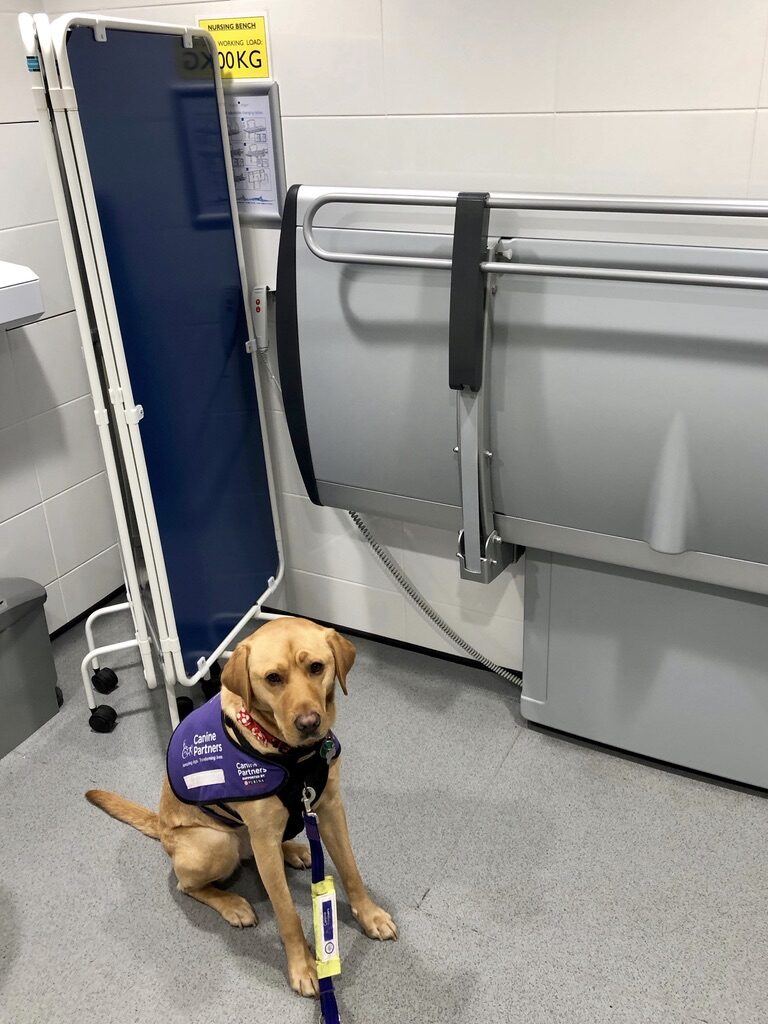
Over a quarter of a million people in the UK need access to Changing Places toilets, yet there are only around 1,500 facilities nationwide. While this may seem like a lot, it’s insufficient considering the country’s size and the number of public places. To improve this statistic, the wonderful Changing Places Consortium was created. They have campaigned for Changing Places toilets to be installed in all large public places, in addition to standard accessible toilets. This initiative provides people living with disabilities the freedom to go out, visit shops, attend hospital appointments, enjoy life outside their homes, and socialise. Most importantly, it grants them the same dignity as everyone else.
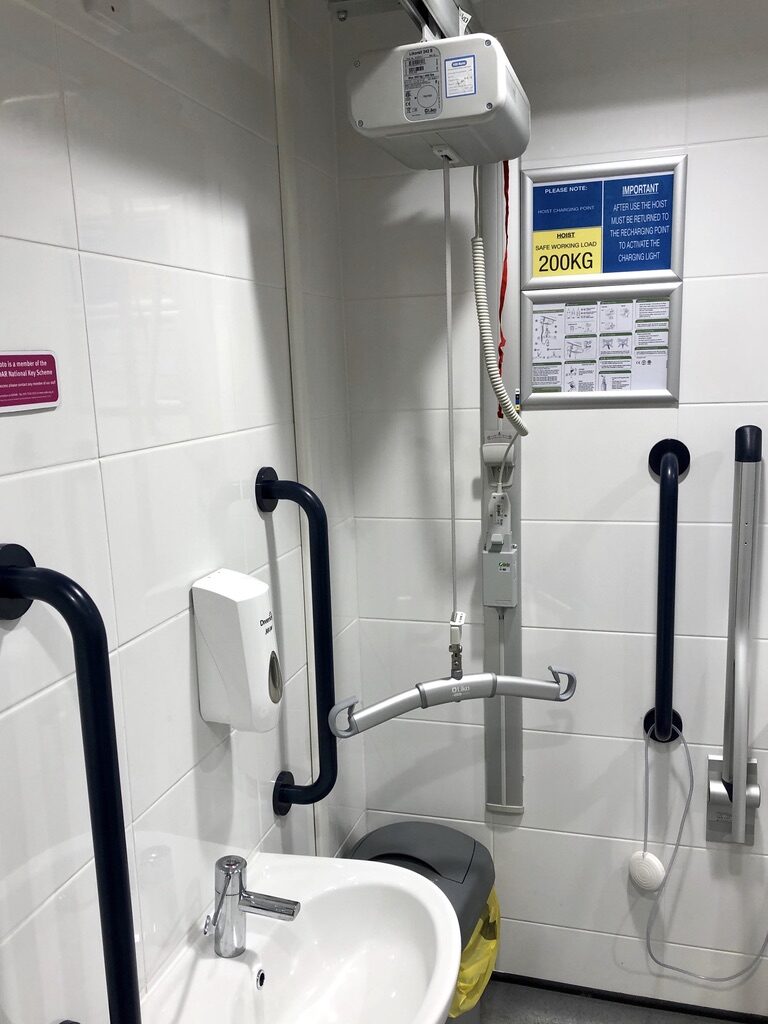
Can you imagine having to:
- Plan every outing around the location of a toilet?
- Change your plans simply because a suitable facility isn’t available?
- Lie on the toilet floor so someone can change you?
- Be denied a fundamental human right?
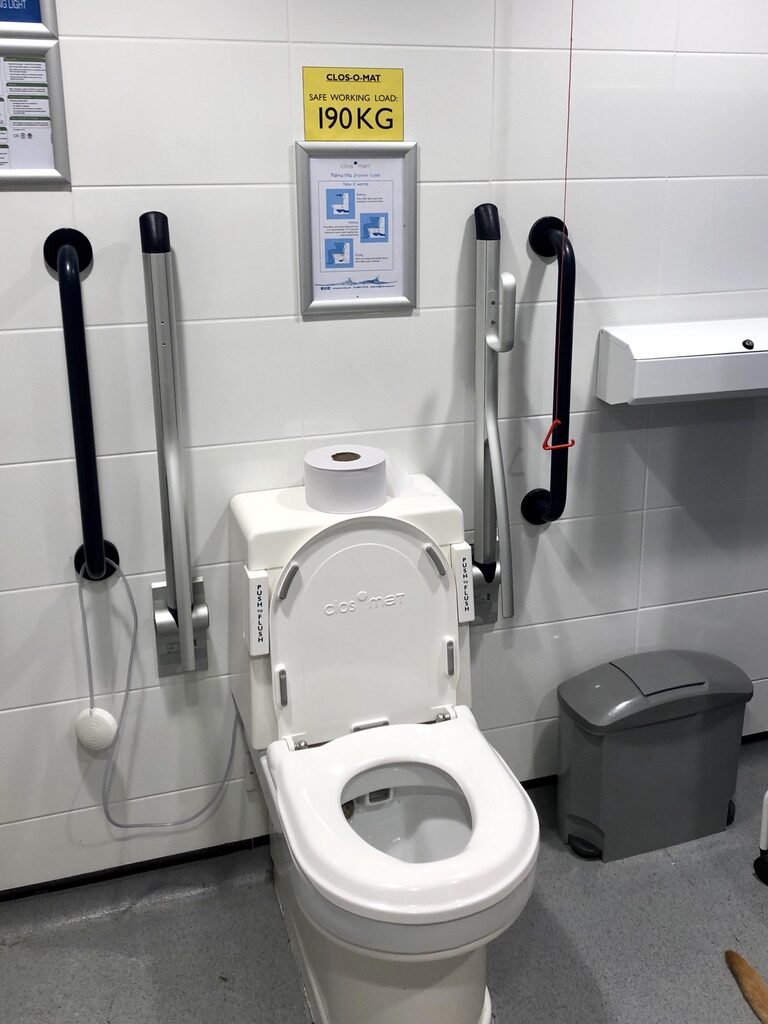
From personal experience, I know how conscious I am about keeping my bag off the toilet floor. The thought of people being forced to lie on a toilet floor is incredibly upsetting. It’s also concerning to consider the various bugs and bacteria that can be found on a toilet cubicle floor, which could be fatal for anyone with a weakened immune system. Until public places install Changing Places toilets, children and adults across the country are being denied access to these essential spaces.
I’m pleased to share that since writing this post, the UK government announced in June 2020 that Changing Places will be made compulsory for new buildings in England from 2021. However, I still encourage you to click the links below for more information on how you can continue to support this vital campaign.
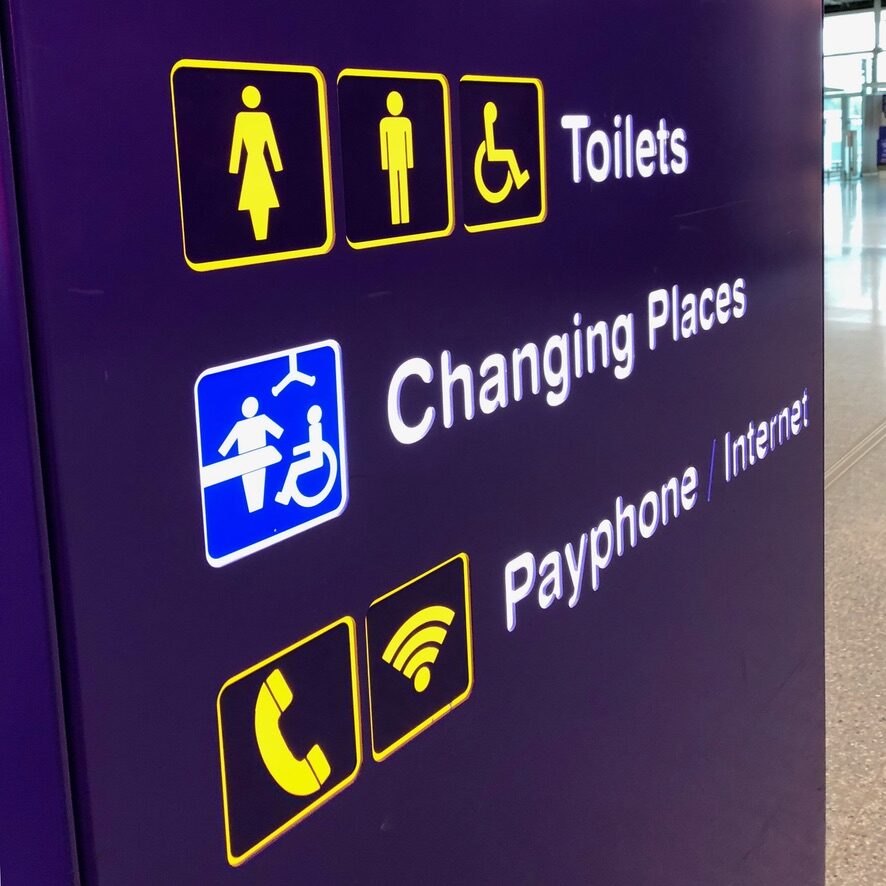
Useful links:
Find a Changing Places Toilet
Changing Places on Facebook
Changing Places on Instagram
Changing Places on X (Twitter)
Changing Places on LinkedIn

Changing Places
Changing Places is a UK-wide campaign working to ensure fully accessible toilet facilities are available in all large public places for people with complex disabilities.





